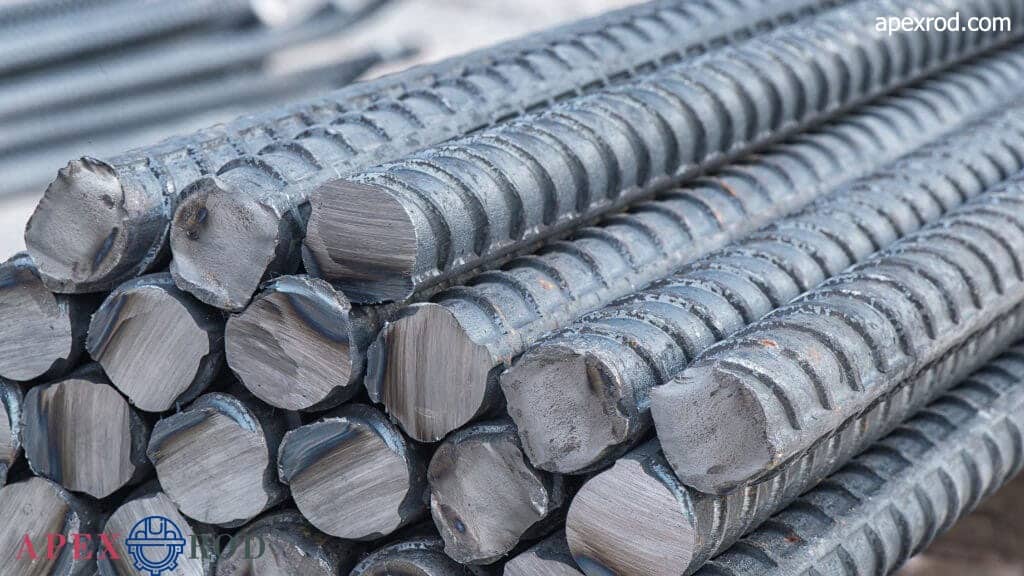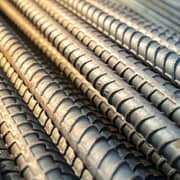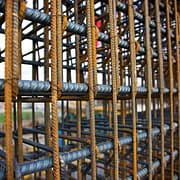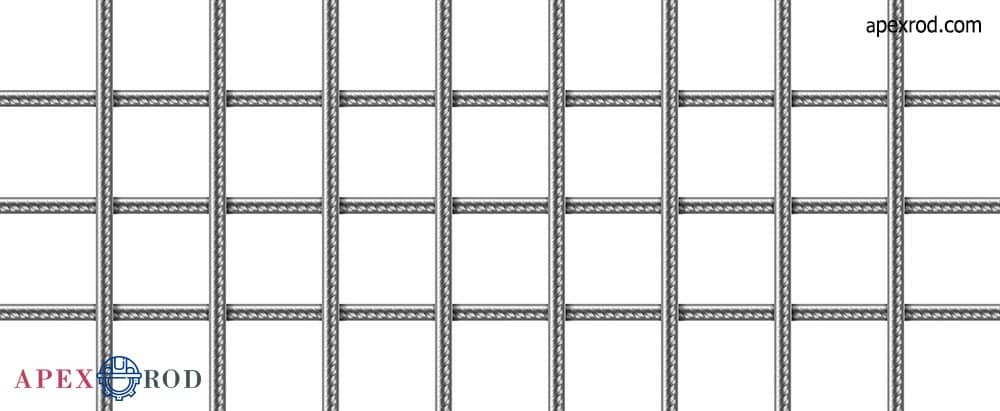What Type of Steel is Rebar Made of?
In the modern construction landscape, the use of rebar stands as an indispensable material. Rebars, known as steel reinforcement rods, play a pivotal role in enhancing the strength and stability of concrete structures. Understanding the type of steel used in manufacturing rebar is crucial for constructors and engineers. At Apexrod, a specialized rebar provider, we emphasize the importance of this knowledge for optimal construction outcomes.
What Grade of Steel is Rebar?
Rebars are typically made from different grades of steel, each suited for varying construction needs. Joint degrees include ASTM A615 Grade 60, which is widely used in general construction, and ASTM A706, which is often utilized in structures requiring higher ductility. These grades ensure that the rebars possess the necessary tensile strength and flexibility, critical for withstanding various stress levels in construction.
Is Rebar High Carbon Steel?
High-carbon steel is known for its strength and hardness, but when it comes to rebar, it’s typically made from something other than high-carbon steel. Instead, rebars are generally composed of low to medium-carbon steel. This composition offers a balanced mix of strength and ductility, which is essential for the rebars to support and flex with concrete structures without breaking.
Is Rebar Mild Steel?
Mild steel, characterized by its low carbon content, is indeed a common component in rebar production. This type of steel enhances the ductility of the rebar, making it more pliable and less prone to cracking under stress. Mild steel rebars are particularly beneficial in areas prone to seismic activity, as they can absorb and dissipate energy more effectively.
What is Rebar Made of?
Rebar is predominantly made of carbon steel, comprising iron and a small percentage of carbon. This composition gives the rebar the necessary hardness and tensile strength required for supporting concrete structures. Additionally, some rebars may contain other alloying elements, such as chromium, manganese, or vanadium, which can enhance their strength, corrosion resistance, and overall durability.

Application of Rebar in Construction Projects
Rebar, or reinforcing steel, is used extensively in construction to enhance the tensile strength of concrete, which is inherently strong in compression but weak in tension. The combination of concrete and rebar creates a composite material that can withstand both compressive and tensile forces. This is particularly important in structures such as bridges, high-rise buildings, and tunnels, where both types of parties are significant.
Importance of Proper Rebar Selection
The selection of the correct grade and type of rebar is critical to ensure the safety and longevity of a structure. Each construction project comes with its own set of demands and environmental challenges. For instance, projects in coastal areas require rebars with higher corrosion resistance, whereas those in earthquake-prone regions need rebars that can provide superior flexibility and energy absorption.
Innovations in Rebar Technology
In recent years, the construction industry has seen innovations in rebar technology. For example, the development of composite rebars made from fiberglass or carbon fiber offers an alternative to traditional steel rebars. These materials provide significant resistance to corrosion, making them ideal for use in structures exposed to corrosive elements or in electromagnetic environments where metal is not suitable.
Sustainable Practices in Rebar Manufacturing
Sustainability is increasingly becoming a priority in construction materials manufacturing, including rebar production. Steel manufacturers are constantly seeking ways to reduce the carbon footprint of their products. This includes recycling scrap steel, using energy-efficient production methods, and developing new steel alloys that require less energy to produce.
Coating and Corrosion Resistance in Rebar
Beyond the steel grade, rebars can be treated or coated to enhance their durability and corrosion resistance. Epoxy-coated rebars are a popular choice in environments that are aggressive to steel, such as coastal regions with salt air or structures exposed to deicing salts. These coatings act as a barrier, protecting the steel from corrosive elements. Galvanized rebars, coated with zinc, offer another option for corrosion resistance. However, the choice of coating depends on the specific environmental conditions and the structural requirements of the project.
Apexrod: Your Trusted Rebar Provider
At Apexrod, we understand the importance of providing high-quality rebars that meet the specific needs of your construction projects. Our expertise in the industry ensures that we can guide you in selecting the correct type of rebar, considering factors such as environmental conditions, load requirements, and budget constraints. We are committed to offering sustainable and efficient solutions to meet the evolving demands of the construction industry.
Conclusion
In conclusion, the role of rebar in construction must be balanced. It is essential for the structural integrity and durability of concrete structures. Understanding the different types of steel and grades used in rebar manufacturing is crucial for making informed decisions. Apexrod is here to assist you in navigating these choices, ensuring that your construction project is built on a foundation of quality and expertise. For more information or to discuss your rebar needs, contact Apexrod today.





